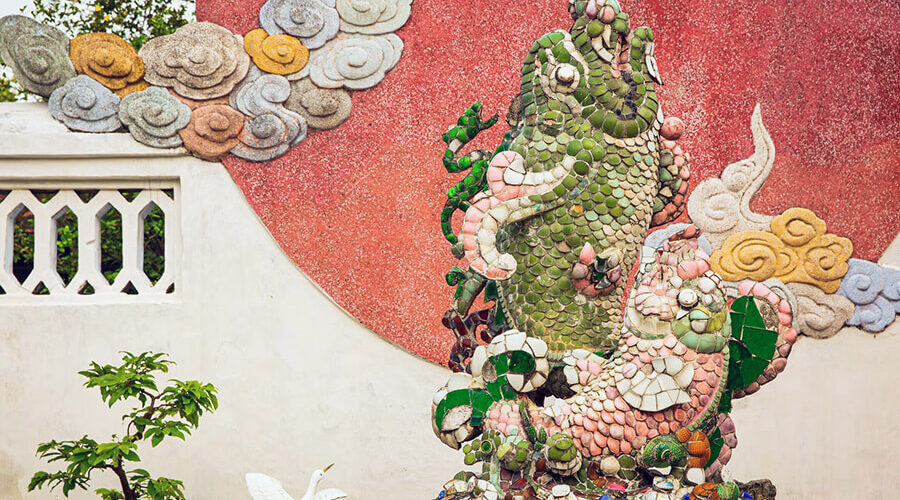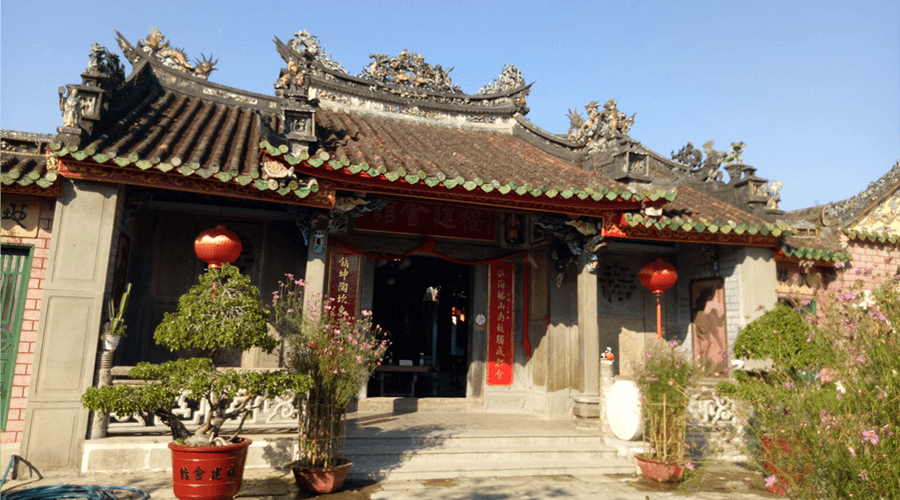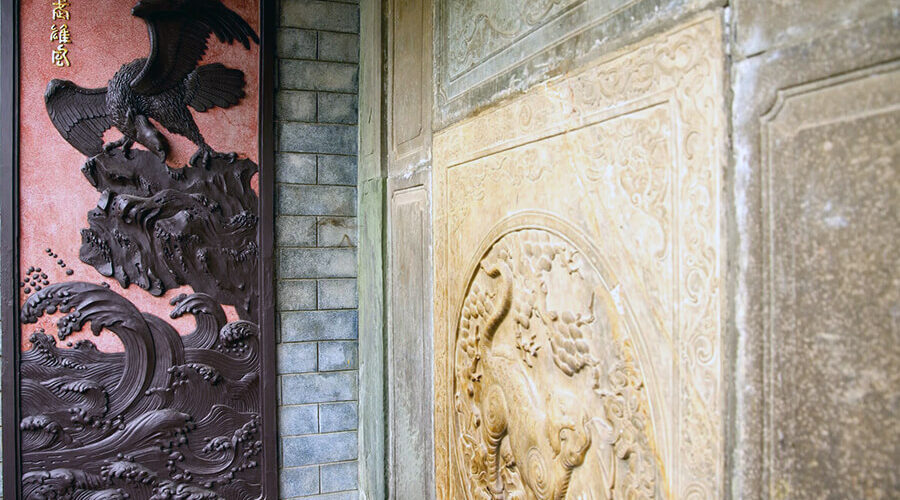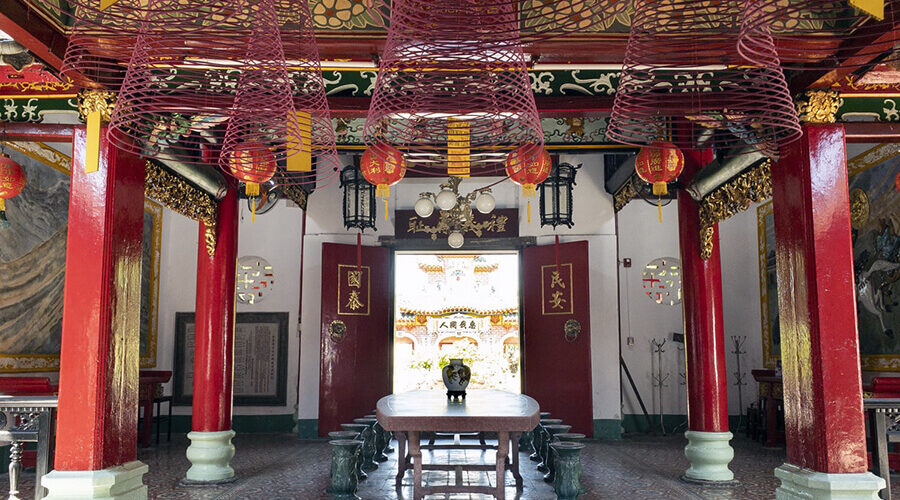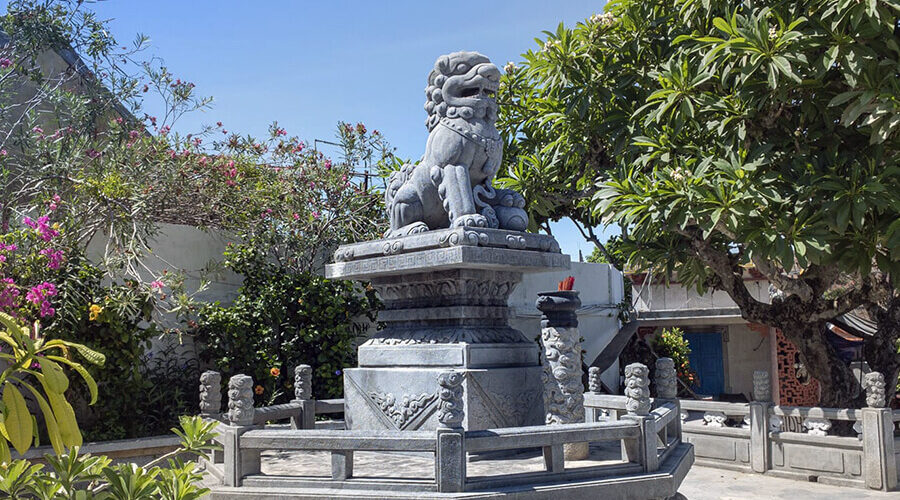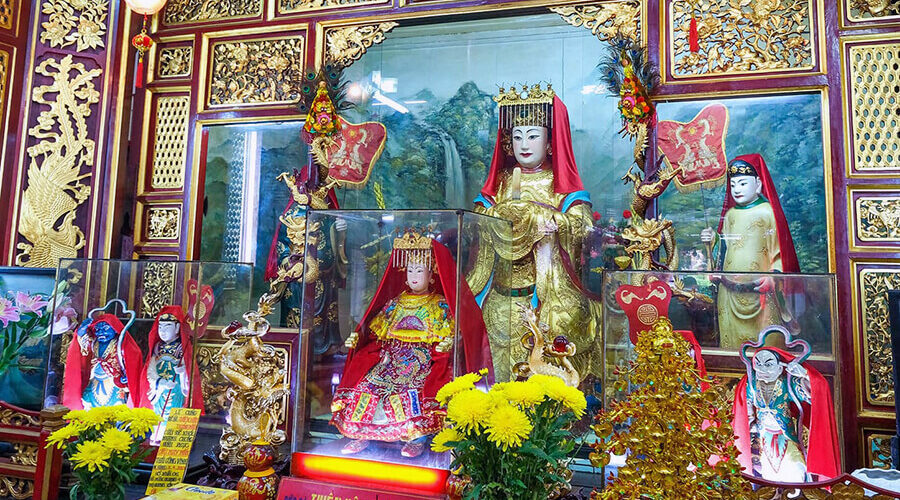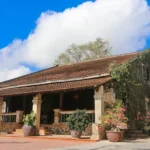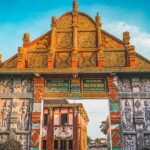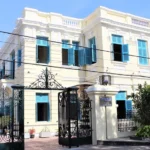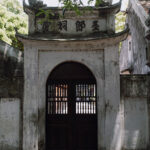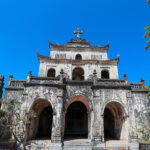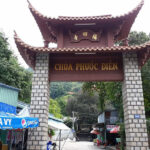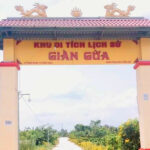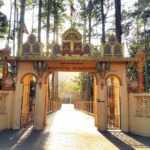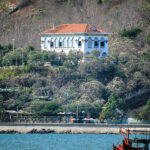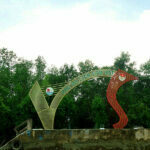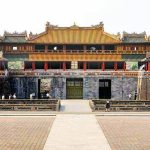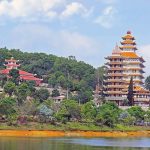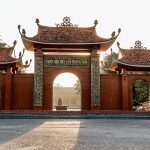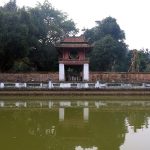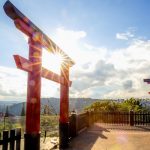Fujian Assembly Hall – one of the historical relics with Chinese-style architecture, and spiritual destination of Hoi An ancient town. This place is also loved by tourists thanks to its rich cultural and artistic values. Join with Vietdreamtravel to admire the ancient beauty and discover interesting things at Assembly Hall of Fujian.
General information of Fujian Assembly Hall
The Fujian Assembly Hall was built in 1690 by people from Fujian (China) who moved to Hoi An to live. At first, the Assembly Hall was built entirely of wood and then in 1757, it was rebuilt with bricks and a tiled roof as it is today.
Fujian Assembly Hall is a place to worship Mazu – tutelary deity of Chinese seafarers, including fishermen and sailors. The Assembly Hall is also a meeting place for mutual help of compatriots from Fujian, the earliest and most numerous people came to Hoi An.

The Fujian Assembly Hall is most crowded on holidays and full moon days. On the days of Lantern Festival (January 15 of the lunar calendar), birthday of Mazu (on the 23rd day of the 3rd month of the lunar calendar),… every year, many festive activities will take place at the Assembly Hall. Therefore, you can choose a suitable day to go to Fujian Assembly Hall and enjoy the activities here.
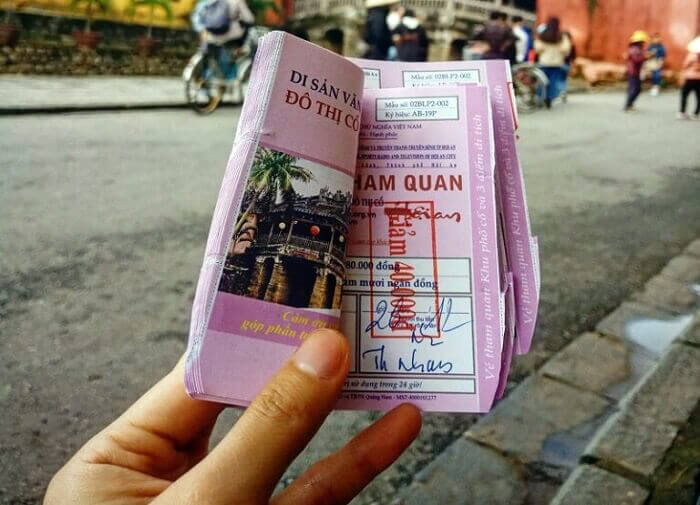
- Address: 46 Tran Phu, Cam Chau, Hoi An, Quang Nam.
- Opening hours: From 7am to 18pm
- Entrance ticket: 80,000 VND/person (for Vietnamese visitors) and 150,000 VND / person (for foreigner visitors).
Discover Fujian Assembly Hall in Hoi An
The Chinese-style architecture of Fujian Assembly Hall has made a lot of impression on young people visiting Hoi An.
Spacious and formal landscape of campus
The entrance gate bears traces of time, the tiled roof is adorned with majestic and solemn winding dragons, making a strong first impression at first sight. This is the three-entrance gate, construction item often seen in traditional communal house, temple and pagoda architecture.
The three-entrance gate is entirely inlaid with porcelain and covered with a curved yin-yang tile roof. The tiles are decorated with the image of a winding dragon, a symbol of authority. On the roof, there are two dragons flanking a gourd jar, this jar accumulates the vitality of heaven and earth to increase human strength.

Looking up in the middle of the three-entrance gate are 4 red Chinese characters meaning “Fujian Assembly Hall”. Another three words above mean Kim Son Tu – one of the old name of the Assembly Hall. The two circles on either side worship two deities – symbolizing heaven and earth, the harmony of yin and yang in the universe.

There are 3 entrances in the style of “male left, female right”, the 3 paths also have the meaning of “Heaven, Earth, Human”. The door in the middle is rarely opened, only opened on major holidays.

Stepping inside, you will clearly feel the solemnity with a fairly large campus, decorated with many ornamental pots and rockery, prominent with the statue of a carp attempting to leap the Dragon Gate and a stone statue of two lions.
And to get inside the Assembly Hall, you will have to step through the garden with a large campus and an ancient main door.

The main hall of Fujian Assembly Hall
Worshiping area in Fujian Assembly Hall
When entering inside, visitors will first see a set of stone tables. It was used as a meeting place and business discussion place by Fujian merchants in the past.

Inside the main hall, there are worships of Mazu, Avalokiteśvara Bodhisattva, God of Wealth, Twelve Midwives and so on. All are displayed solemnly and sacredly next to other valuable artifacts.

main altar worship Mazu and other deities

Twelve Midwives
In addition, the Assembly Hall also displays many bronze bells, bronze drums, elaborate horizontal panels and many other valuable artifacts.
On the right side of the main hall is also displayed a model of the merchant’s boat in distress. This boat was previously used for seafaring and dates from 1875 with many characteristic details.

Model of a Chinese transport ship with two eyes drawn on both sides, facing up, with the meaning of pointing in the right direction and being able to avoid misfortunes at sea.
Interesting thing at the Fujian Assembly Hall
Hoi An Phuc Kien Assembly Hall is not only famous for its magnificent, majestic beauty in a large space, unique Chinese-style architecture and its sacredness but also an unique way of praying. There are incense wreaths for sale that can be burned on the spot, and but not allowed to be taken out.

Each such incense ring can burn continuously for about 30 days. If any incense goes out before it is completely burned, the people in the Assembly Hall will light it again. On the incense sticks, worshipers often write a piece of paper with the family’s full name, address, etc. to wish for blessings at smooth sailing in their jobs.

And when the incense wreath burns out, the people in the Fujian Assembly Hall will take these pieces of paper and burn them into ashes, making the wish sacred.
Source: collected by An
Follow us for the best deal with Vietnam package tours and visa services!

